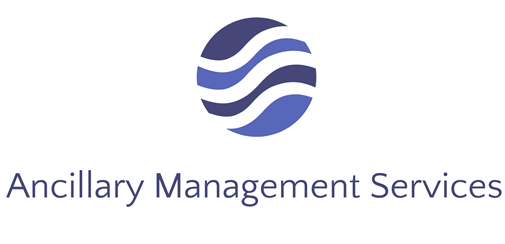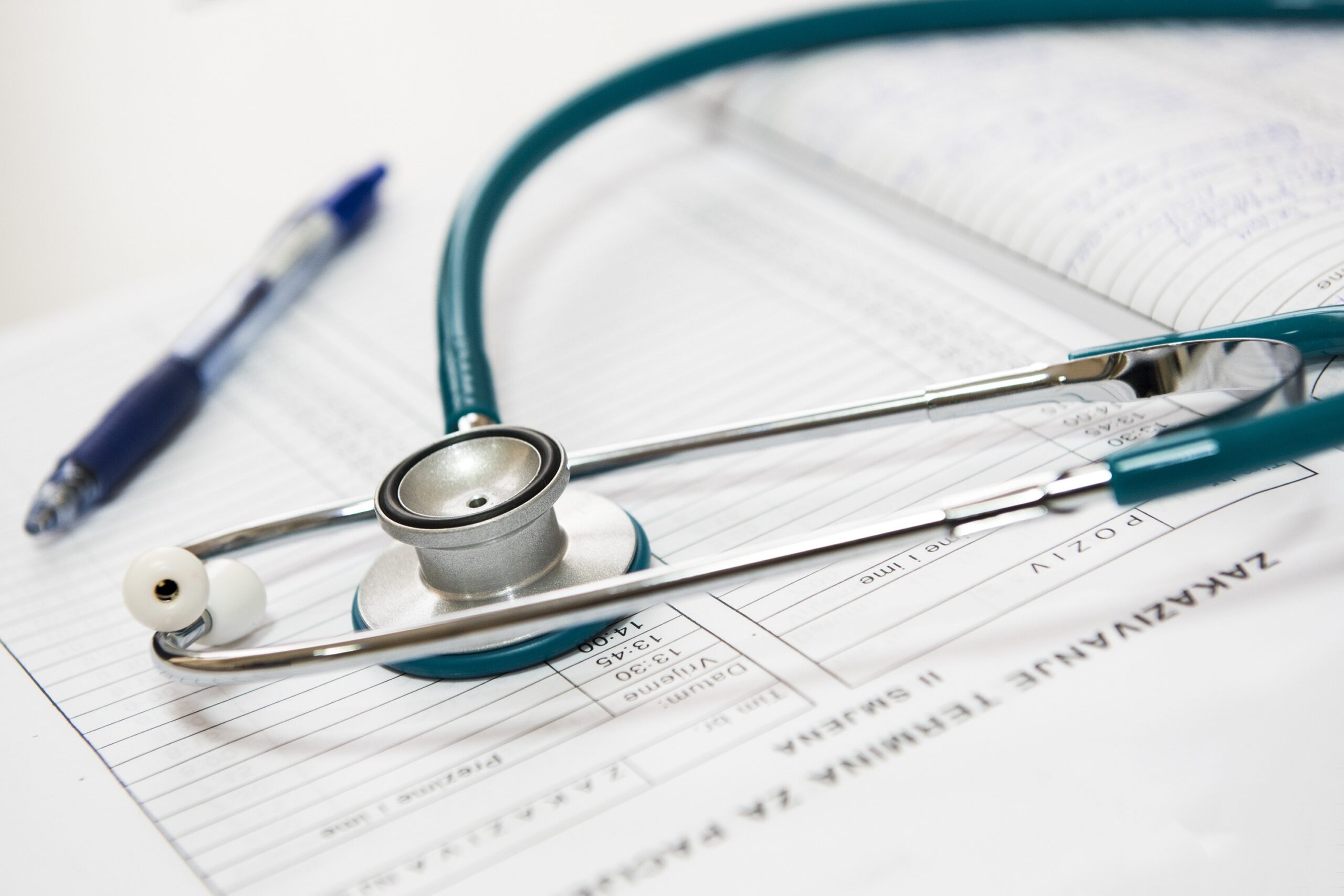Efficiency is important for doctors and their staff. Medical offices and clinics have a lot of different services to juggle. Doctors specifically need to stay current with the latest medical research, treat patients with a variety of illnesses and injuries, and manage their practice. It can be challenging to balance these responsibilities, but there are ways to increase your efficiency and improve your practice’s success.
Point-of-care dispensing is the quickest and simplest way to get patients their prescription medications. When patients can obtain their medications at their doctor’s office, it saves time and stress. In-office dispensing also gives time back to office staff, since they won’t have to concern themselves with processing errors on the pharmacy side. Below are six ways doctors can increase efficiency at their practices, including in-office dispensing.
1. Streamline Administrative Tasks
Administrative tasks such as scheduling appointments, managing patient records, and handling billing are time-consuming and take away from the time doctors and staff could be spending with patients. One way to streamline these tasks is to use technology. There are many HIPAA-compliant software programs and apps available that can help automate administrative tasks, freeing up more time for patient care. Doctors should consider using electronic health records (EHRs), scheduling software, and billing and coding software to make their practices run more smoothly.
2. Delegate Responsibilities
Physicians can’t do everything on their own, and it’s essential to delegate tasks to other members of the medical team. Hire a practice manager or an administrative assistant to handle tasks such as scheduling, billing, and managing patient records. Busy practices may also consider hiring additional staff, such as nurse practitioners or physician assistants, to help with patient care. Delegating responsibilities can help physicians focus on what they do best: providing quality medical care to patients.
3. Implement Time-Saving Strategies
There are many time-saving strategies for increasing efficiency at work. For example, consider block scheduling, where similar types of appointments are grouped together to minimize the time spent switching between different executive tasks. Take some time during the day away from your phone or turn their notifications off while you focus on completing certain off-line tasks.
4. Use Telemedicine
Telemedicine has become ubiquitous, and it can be an effective way to improve the efficiency of a medical practice. Telemedicine allows doctors and other medical providers to see patients remotely, which can save time and eliminate the need for patients to travel to the office. Video conferencing software is widely available to facilitate virtual appointments and help you treat patients. Telemedicine is also a way to provide care to patients who are unable or who find it difficult to leave their homes, such as those with mobility issues, people who are immunocompromised, or people with agoraphobia or social anxiety.
5. Continuously Improve Processes
It’s essential to continuously evaluate office processes and look for ways to improve them. You can do this by asking patients to fill out surveys about the service and experience they received. You also ask for feedback from staff. Patient and staff feedback can be used to make important changes to the practice. Use data analytics to track patient outcomes and identify areas where the clinic could improve. Continuously improving processes will help the clinic provide better care to patients and increase efficiency over time.
6. Switch to In-Office Dispensing
Doctors can make filling prescriptions easier for their patients and employees by dispensing medications in their own offices. In-office medication dispensing means medications are prepared and distributed at the point-of-care. This system cuts out the middleman (the pharmacy) and streamlines the prescription process for everyone involved.
In-office medication dispensing makes prescribing medication simpler, more cost-effective, and more efficient. Patients leave their appointment with the prescription they need, instructions directly from their care provider, and no need to make a separate trip to the pharmacy. Dispensing medication in-office can also be a valuable source of extra revenue for doctors. This extra revenue can go toward other efficiency projects, such as upgrading practice’s technology.
Create a More Efficient Medical Practice with In-Office Dispensing
Physicians can provide better care to their patients and increase the practice’s financial footing by implementing some of these efficiency-increasing ideas. Streamlining administrative tasks, delegating responsibilities, implementing time-saving strategies, using telemedicine, continuously improving your processes, and dispensing medication in-office are all great ways to increase office efficiency.
Practices that wish to begin dispensing medication should start by finding the right partner to work with. The best medication dispensing services providers offer high tech software solutions and exemplary customer service. A quality dispensing company should help physicians set up their program, comply with all appropriate laws and regulations, troubleshoot any issues, and provide ongoing updates and support. The sooner a practice begins dispensing medications, the sooner they can start taking advantage of the many benefits of these programs.

